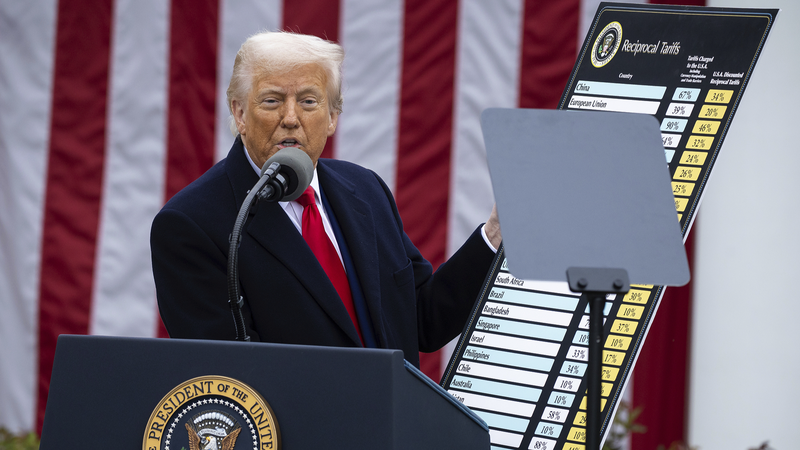In a bold move that’s sending shockwaves through global markets, U.S. President Donald Trump signed an executive order introducing "reciprocal tariffs." The order kicks off a minimum baseline tariff of 10% on all imports—though some trading partners will face even steeper rates! 🚀
Effective April 5 for the baseline tariff and April 9 for the higher individualized tariffs, this decision is aimed at countering duties and non-tariff barriers imposed on U.S. goods. Trump contends that these measures will help boost domestic manufacturing and create jobs. However, not all goods are in the crosshairs. Items like steel, aluminum, auto parts (already under Section 232), copper, pharmaceuticals, semiconductors, lumber, gold, energy, and select minerals remain exempt.
The new tariff chart is a real eye-opener: China will face a 34% tariff, while the European Union sees 20%. Other key figures include Vietnam at 46%, Japan at 24%, India at 26%, South Korea at 25%, Thailand at 36%, Switzerland at 31%, Indonesia at 32%, Malaysia at 24%, and Cambodia at 49%. For Canada and Mexico, rules under the USMCA mean compliant goods aren’t hit by extra tariffs, but non-compliant ones aren’t so lucky.
While Trump believes these measures will shore up U.S. revenue and manufacturing, economists and global leaders alike are voicing concerns. Experts warn that the new tariffs could drive up prices for consumers and spark retaliatory measures from nations around the world—setting the stage for a potential trade war. With headlines buzzing and investors on edge as U.S. stock futures dipped sharply, the coming weeks could prove pivotal for the global economy.
As this trade saga unfolds, one thing’s for sure: the global market is in for a wild ride. Stay tuned for more updates on how these tariffs might reshape the world of international trade!
Reference(s):
cgtn.com




